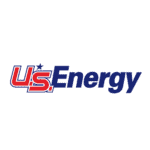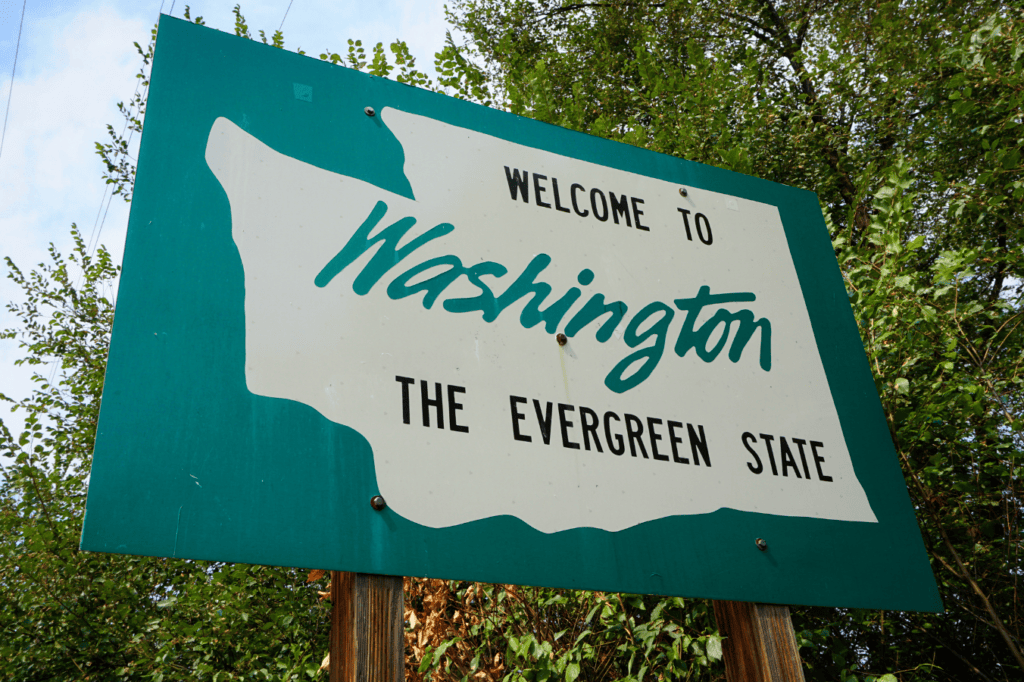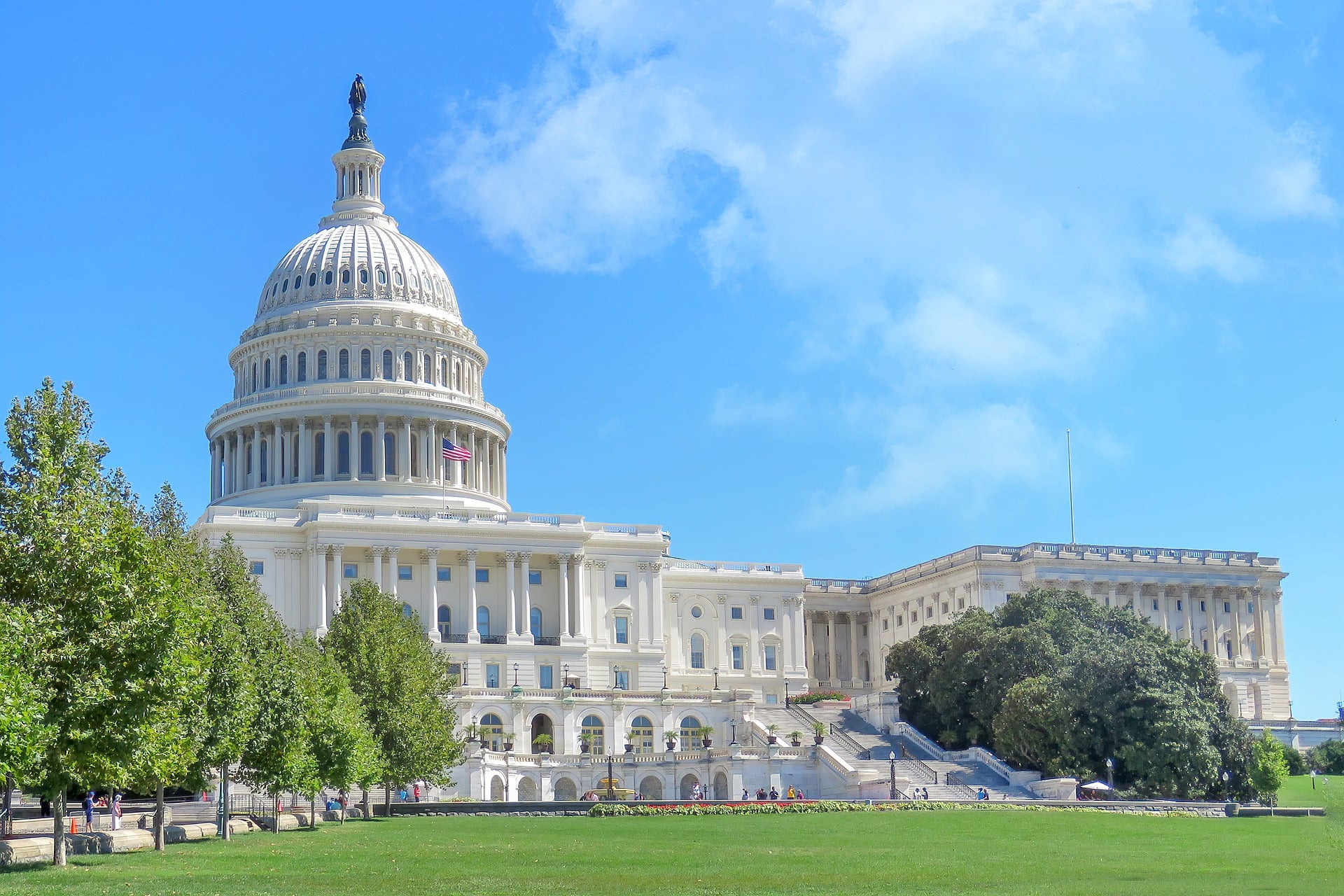Education Center / California’s Advanced Clean Trucks and Advanced Clean Fleets Regulation
Blog
Category: Regulatory
California’s Advanced Clean Trucks and Advanced Clean Fleets Regulation
In efforts to accelerate the state’s transition to zero-emission medium- and heavy-duty vehicles, the California Air Resources Board (CARB) drafted its Advanced Clean Trucks regulation (ACT rule) and Advanced Clean Fleets regulation (ACF rule). In short, the ACT rule sets zero-emission vehicle (ZEV) sale mandates for truck manufacturers while the ACF rule sets purchase mandates for fleets. But what do organizations need to know about these regulations, and who are the affected parties?
Overview: Advanced Clean Trucks Regulation (ACT Rule)
Approved in March of 2021, California’s Advanced Clean Trucks regulation aims to increase the number of zero-emission vehicles (ZEVs) and near-zero-emission vehicles (NZEVs) on California’s roadways—starting with the 2024 model year. This program consists of a sales requirement for vehicle manufacturers and a one-time reporting requirement for fleets.
- Manufacturer Sales Requirement: Under this rule, vehicle original equipment manufacturers (OEMs) must sell an increasing percentage of Class 2b-8 ZEVs or NZEVs in the state from 2024 to 2035 (as outlined in Figure 1). OEM’s who sell over 500 medium- and/or heavy-duty vehicles annually in the state are subject to program reporting. To stay in compliance, they must generate, purchase, or bank enough ACT credits to offset their deficits in the respective vehicle weight class(es) annually. OEMs can do so by generating credits through the sale of ZEVs or NZEVs or by purchasing credits from a third-party. While OEMs who sell 500 or fewer medium- or heavy-duty vehicles are not subject to these reporting standards, they can voluntarily report their sales—either banking or trading the resulting credits.
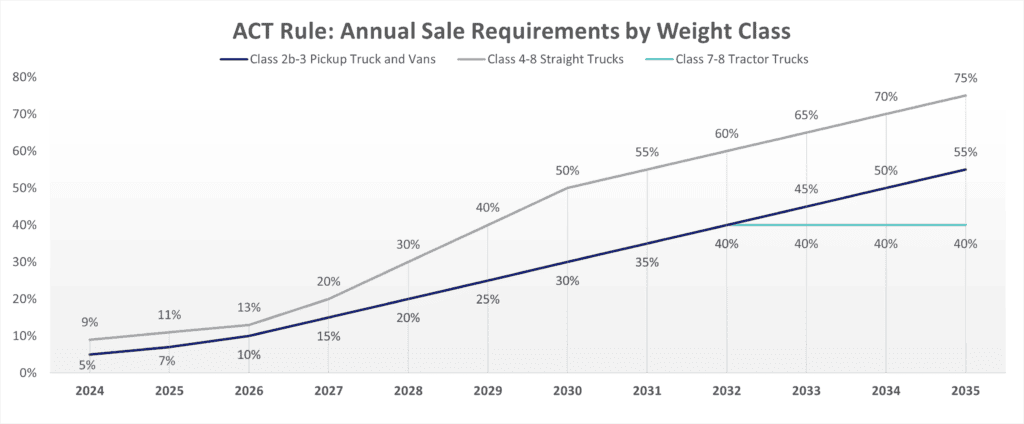
Figure 1: ACT Rule – Annual Sale Requirements by Weight Class
- Company + Fleet Reporting Requirement: The second part of this rule impacts organizations and fleets. Any fleet owner with more than 50 trucks must complete a one-time reporting requirement, providing information about their current fleet operations. This is intended to guide rollout efforts, ultimately ensuring fleets can purchase and deploy ZEVs or NZEVs where and when needed.
Overview: Advanced Clean Fleets Regulation (ACF Rule)
Likewise, the Advanced Clean Fleets (ACF) regulation also supports the widespread adoption of zero-emission medium- and heavy-duty vehicles in California. This program requires fleets that are well suited for battery-electric or hydrogen fuel cell-electric applications to transition to ZEVs where feasible. CARB estimates that roughly 532,000 (or ~30%) of the medium- and heavy-duty vehicles operating in California will be subject to ACF regulations. While originally set to go into effect on January 1, 2024, the enforcement of the rule is currently postponed until CARB receives a waiver from the Environmental Protection Agency (EPA). But what do you need to know in the meantime should the waiver be approved?
Who is Affected by the ACF Rule?
The Advanced Clean Fleets regulation impacts medium- and heavy-duty on-road vehicles with a gross vehicle weight rating greater than 8,500 pounds, off-road yard tractors, and light-duty delivery vehicles. However, each segment has different ZEV targets and implementation schedules. Below are the timelines that were proposed prior to the ACF ruling being postponed.
- Vehicle Equipment Manufacturers: Beginning in 2036, vehicle OEMs can only sell zero-emission medium- and heavy-duty vehicles within the state.
- Drayage Fleets: To continue operating in the state, drayage trucks must be registered in CARB’s online system by January 1, 2024. If a fleet has an existing internal combustion engine (ICE) drayage truck, it had to have been registered in the system by December 31, 2023—allowing continued use through its minimum useful life. Starting January 1, 2024, fleets can only register zero-emission drayage trucks—working toward the rule’s requirement that all drayage trucks be zero emission by 2035.
- High Priority + Federal Fleets: High priority fleets are organizations who own, operate, or direct at least one vehicle within the state. Additionally, these fleets must either have a gross annual revenue of $50 million or more OR own, operate, or have control of 50+ vehicles—not counting light-duty package delivery vehicles. These fleets can only purchase zero-emission models starting in 2024. Then, beginning in 2025, they must remove any ICE vehicles once they reach the end of their useful life (as defined by the regulation). If fleets don’t want to follow this Model Year Schedule, they can follow the ZEV Milestones Option instead (see Figure 2).
- State + Local Agencies: Starting January 1, 2024, 50% of governments’ vehicle purchases must be zero-emission—increasing to 100% by 2027. Government fleets that operate in ACF designated counties or have 10 vehicles or fewer must start purchasing ZEVs in 2027. Alternatively, state and local agencies can choose to follow the ZEV Milestones Option (see Figure 2). There is currently no retirement mandate for internal combustion engine vehicles in this segment.
How Do Fleets Comply with ACF Implementation Timelines?
To align with ACF ZEV implementation timelines, fleets can follow the program’s standard Model Year Schedule, or, if they’re an eligible party, they can opt-in to the ZEV Milestones Option instead.
- Model Year Schedule (Default Compliance Pathway): The Model Year Schedule requires all new vehicle purchases (for the affected vehicle segments) to be zero emission starting January 1, 2024. For existing internal combustion engine vehicles, drayage, high priority, and federal fleets can continue to use these trucks until the end of their useful life, but they must retire them after they have 1) been in use for 13 years or 2) are 18 years old or reach 800,000 miles—whichever comes first.
- ZEV Milestones Option (Opt-In Compliance Pathway): High priority and federal fleets as well as state and local agencies can opt-in to the ZEV Milestones Option (rather than following the Model Year Schedule). This is a phased approach that allows fleets to purchase internal combustion engine vehicles (i.e., CNG) if they’ve met their ZEV milestone targets (as outlined in Figure 2).
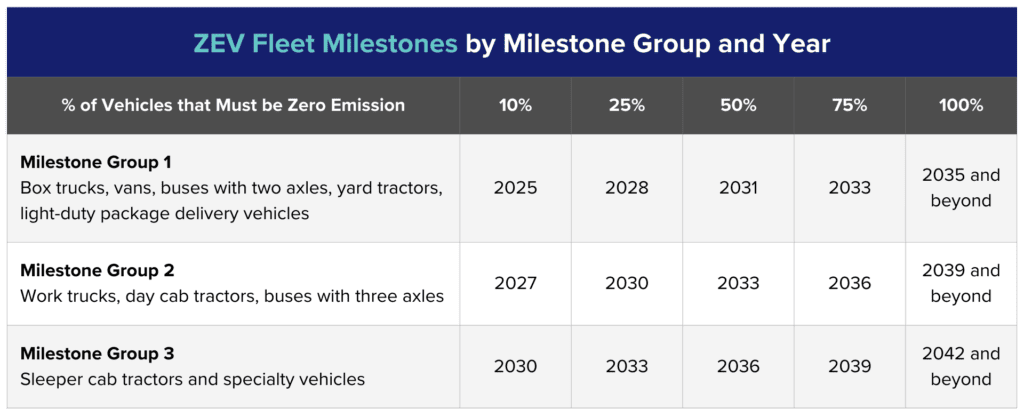
Figure 2: ACF Rule – ZEV Fleet Milestones by Milestone Group and Year
What if the Model of Vehicle Fleets Need Doesn’t Have a Zero-Emission Option?
If fleets cannot get the vehicle model they need in a zero-emission model, they can file CARB’s ZEV purchase exemption. This allows fleets to buy a new ICE vehicle and have it be exempt from the ACF’s Model Year Schedule or excluded from the ZEV Milestones Option calculation.
Additional exemptions, such as the daily usage exemption, ZEV infrastructure delay extension, vehicle delivery delay extension, and beyond can be found on CARB’s website here.
What Does This Mean for You?
Whether you’re a vehicle manufacturer who has to transition to ZEV and NZEV production cycles or a fleet owner who has to incorporate ZEVs and NZEVs into your operations, you’re not alone—nor do you have to approach it on your own.
If you’re looking to better understanding the Advanced Clean Trucks or Advanced Clean Fleets regulations or adopt off-grid charging solutions such as Volt Vault™ to support your EV deployment, our team is here to help. Reach out to learn more.

